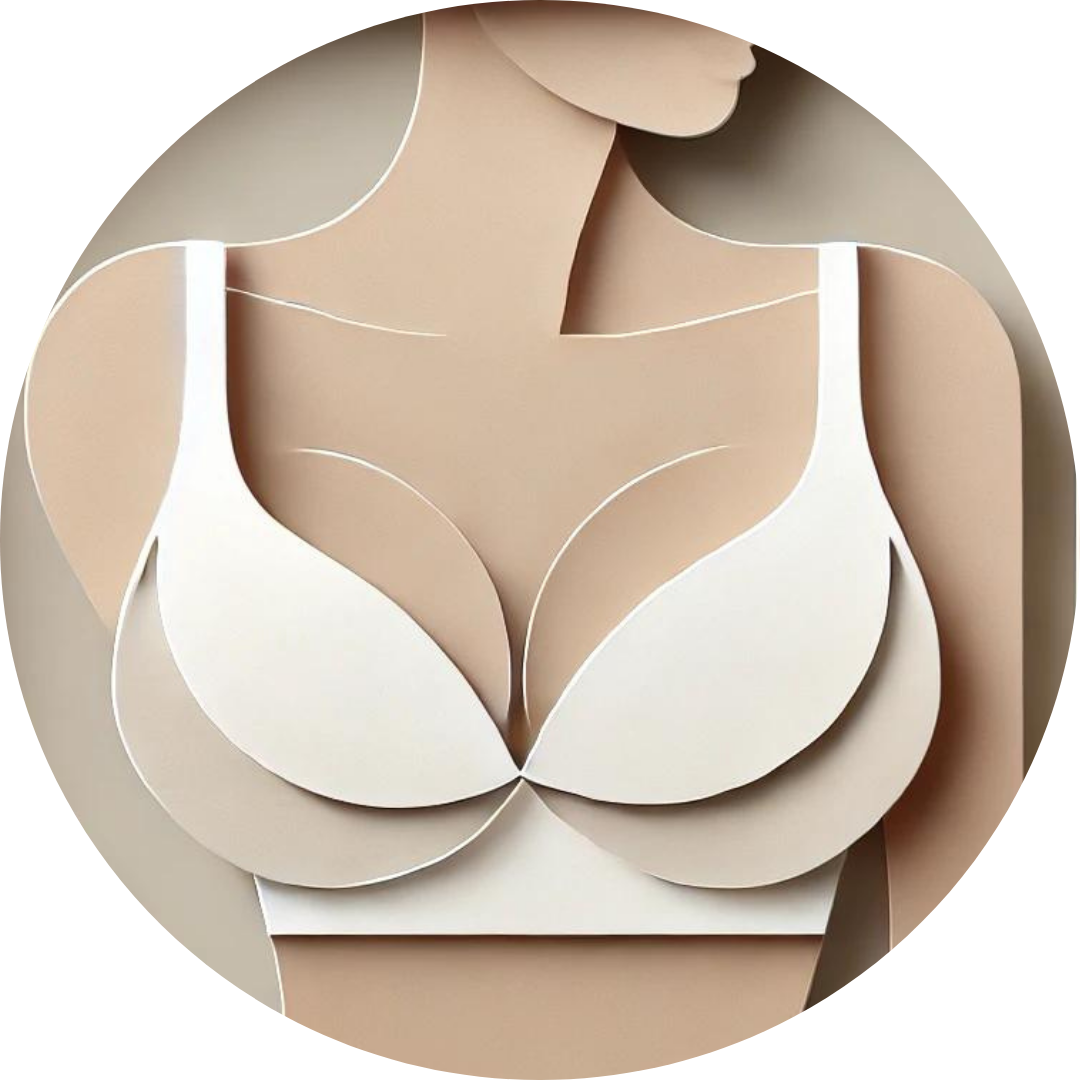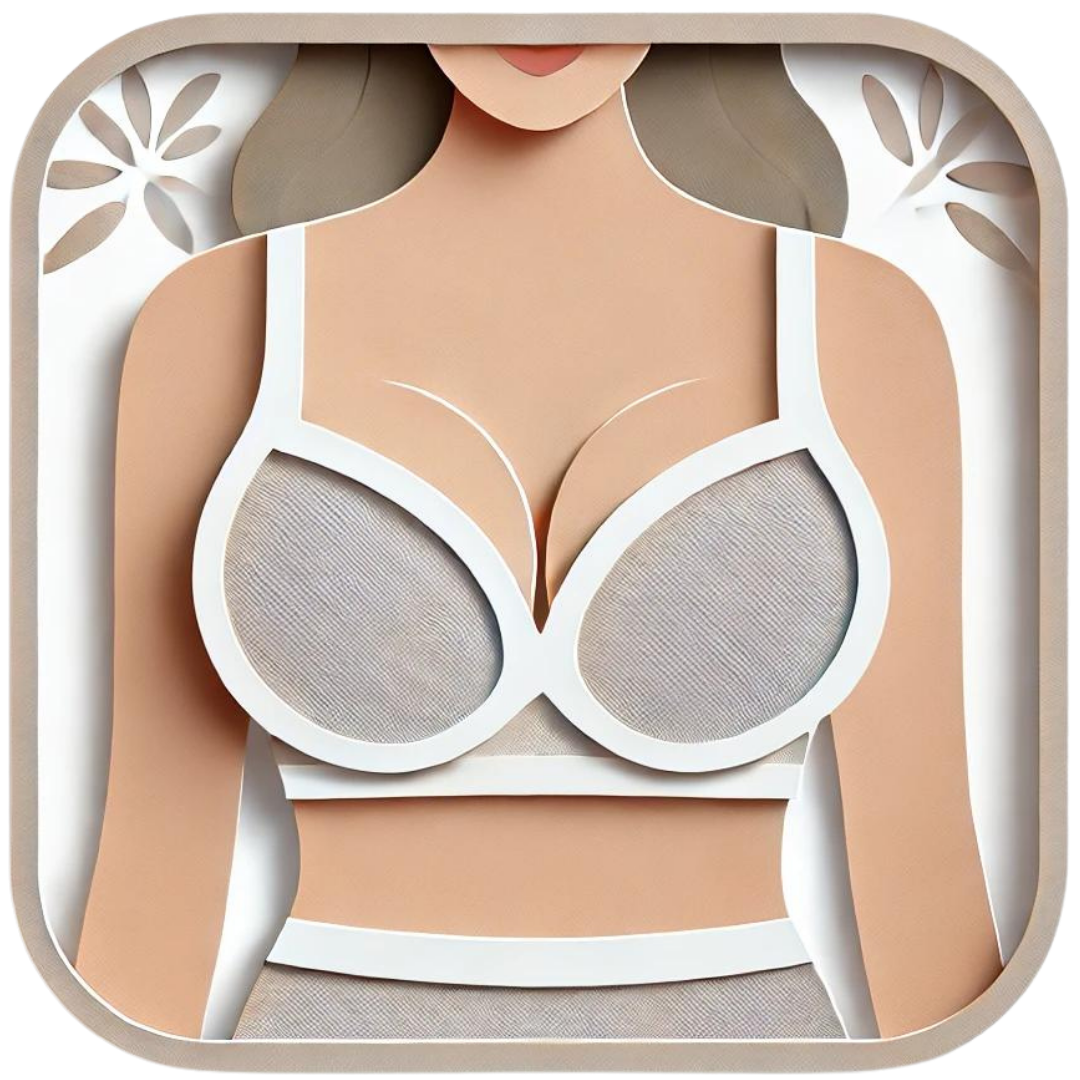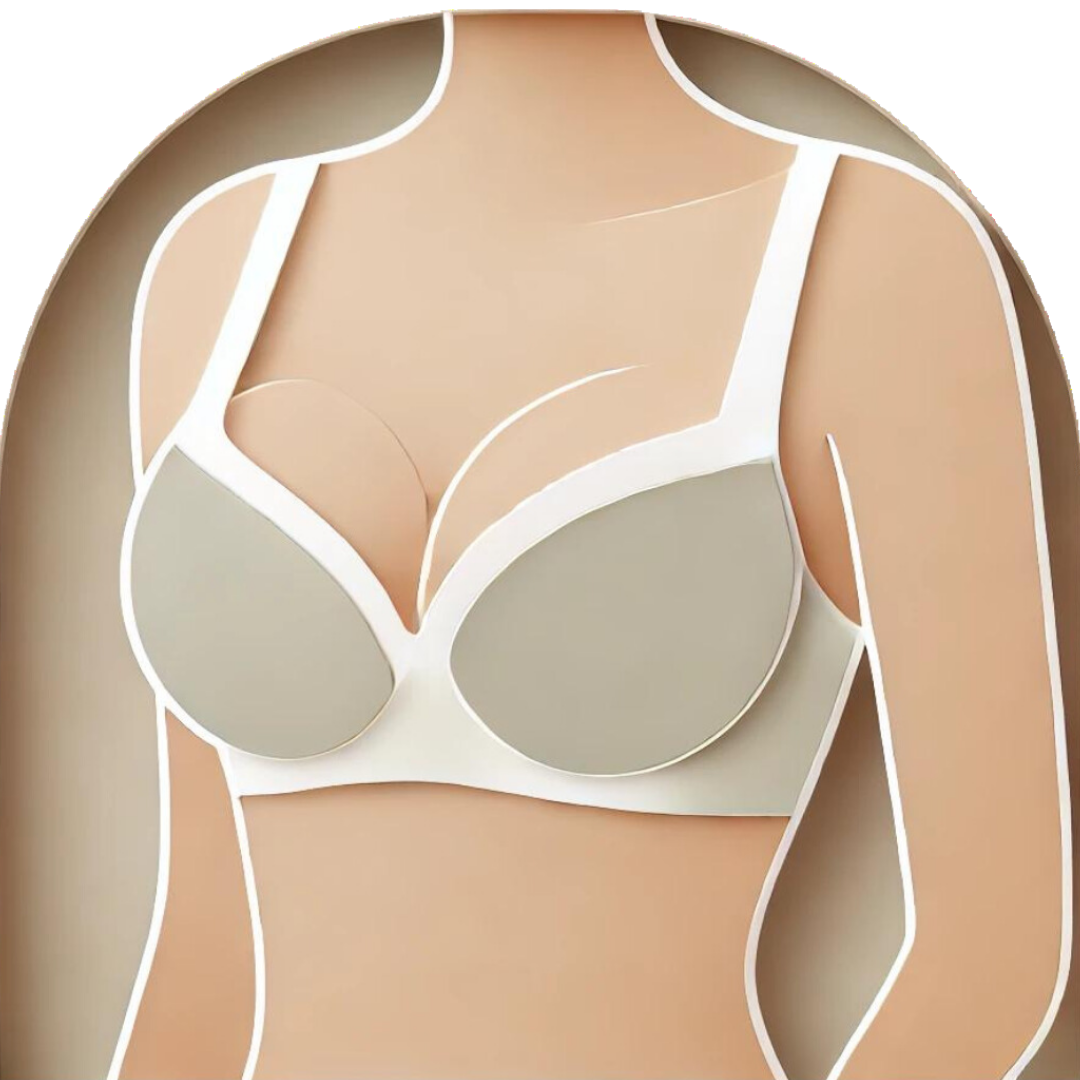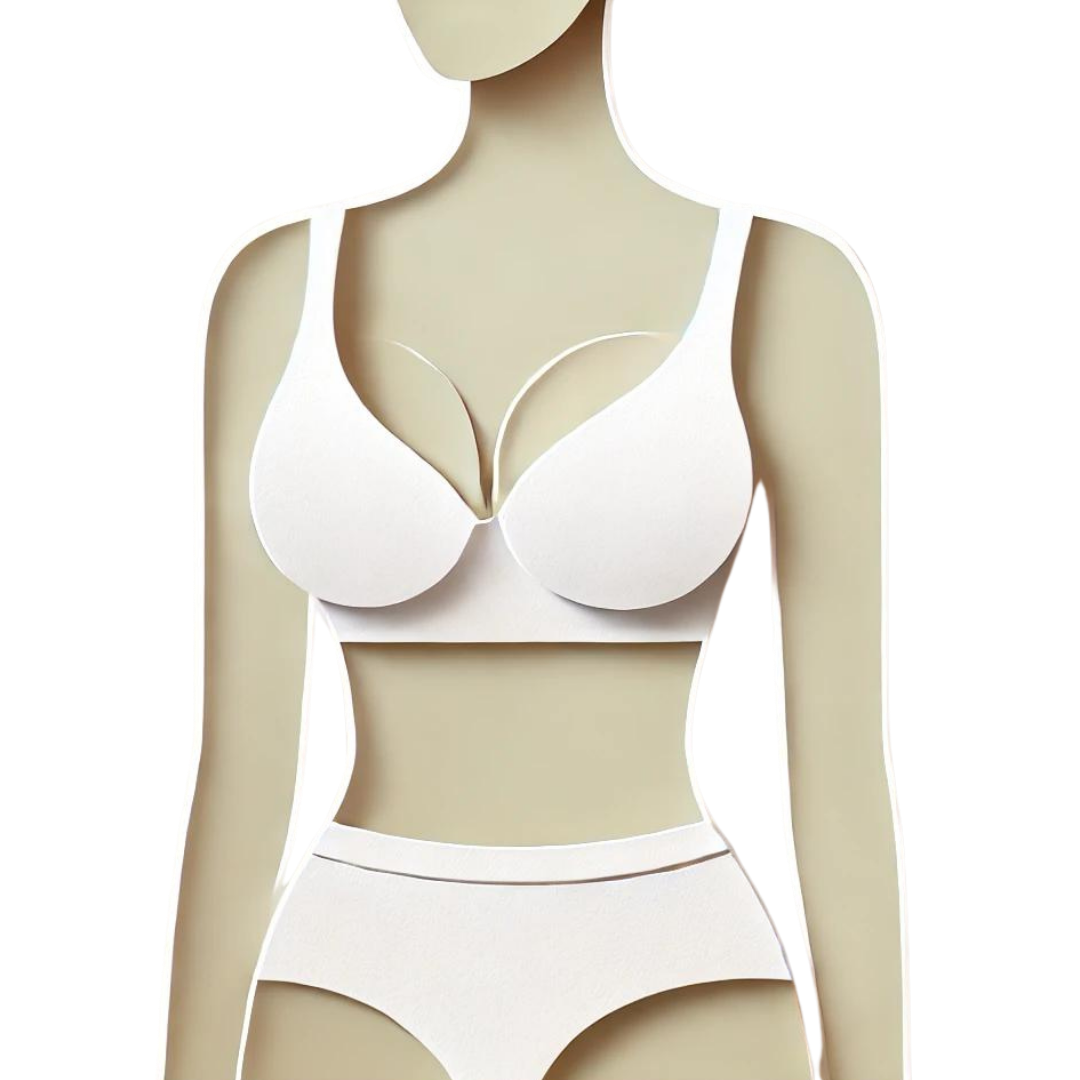Procedures to increase the breast size and/or balance and restore volume.

Procedures to increase the breast size and/or balance and restore volume.


Dr Steve Merten, MBBS, FRACS:
Education and Training:
Breast augmentation is a procedure that uses breast implants to adjust the size, shape, and contour of the breasts. It may be considered by individuals looking to address:
According to the Australian Breast Device Registry (ABDR), approximately 20,000 people undergo breast augmentation surgery in Australia each year for both cosmetic and reconstructive purposes.

Please note: Outcomes shown are only relevant for the individual patient and do not necessarily reflect the results other patients may experience. Results vary due to many factors including an individual’s genetics, diet and exercise.

At Pure Aesthetics, we take a personalised approach to breast augmentation in Sydney. During your consultation, our surgeons will:
At Pure Aesthetics, our surgeons perform breast augmentation in Sydney using cohesive or highly cohesive silicone gel breast implants. They participate in clinical research related to breast implant surgery. While saline-filled breast implants are an available option, they are less commonly used in Australia.
Silicone gel implants are often chosen by both plastic surgeons and patients due to their softer feel. They may have a lower likelihood of rippling compared to saline implants and are not prone to deflation.
Pros
Cons
Pros
Cons

With Crisalix 3D breast simulation software, our Breast Enlargement patients are able to virtually “try on” their results ahead of time. This is an extremely valuable tool our team uses during the initial consultation process, which helps patients visualise their results and allows our surgeons to better understand their aesthetic goals.
When suitable, we will take a series of photos to do 3D morphing simulations using Crisalix technology, which can then be used to show you what breast implants of different size and shape will look like on you.
To see your simulated results, request a consultation.
When plastic surgeons talk about the profile of breast implants, they are discussing the way the implant projects forward from the chest wall, as compared to the width of the implant base. Think of the profile as the intended distance that the new breasts will project outward in the front. If the patient wants a more obvious silhouette after surgery, a higher profile implant may be used. The implant profile for a Breast Enlargement can be ultra high, high, moderate plus, or moderate.
Ultra High: This implant will have the smallest width at the base and the highest level of projection from the chest wall. This gives a more centred breast with less side fullness and may be better for women who have a smaller chest wall width who want to achieve a fuller outcome. This profile option may, however, look more obvious than lesser projecting implants.
High: The base width will be wider than the ultra high profile, and the projection will be less pronounced.
Moderate Plus: This implant profile will have a moderate width at the base of the implant and less projection than a high profile choice.
Moderate: This implant profile has the widest base width and the least amount of projection out of all the breast implant profiles. This may give more cleavage and upper fullness, whilst keeping the overall size lower.
Breast implants come in different shapes and profiles. Anatomic or “teardrop” shaped implants were created with a more natural shape and are fuller in the lower half, similar to a natural breast. Round implants are more centrally full and tend to provide more fullness in the upper breast.
Both types of breast implants are available in different ‘projections,’ which refers to how much they extend forward. The overall outcome is influenced not only by the shape of the implant but also by the patient’s natural breast shape, tissue thickness, and skin quality. Individuals with thinner breast tissue and round implants may notice a more prominent appearance, depending on the implant placement and surgical technique.
For individuals with thinner tissue, a teardrop implant may be considered due to its tapered top half, which can contribute to a particular breast shape. Both types of breast implants may provide different aesthetic outcomes, depending on individual anatomy and how they are used.
Breast implants may be placed either in front of the chest muscle (pectoralis muscle) or behind it. The choice depends on a number of factors, particularly how much of your own tissues are present, as there needs to be enough thickness to minimise the visibility of the implant itself.
Submuscular placement: Also called subpectoral placement, this technique involves detaching the chest wall muscle from the bottom along the ribs and inserting the implant underneath. Since the chest muscle is fan-shaped, it doesn’t cover the entire breast implant, but it does provide support and help reduce visibility beneath the skin. For this reason, submuscular placement is often recommended for women with less natural breast tissue. Implants positioned behind the muscle are also associated with a lower risk of capsular contracture, but the procedure is more involved and may require a longer recovery period.
Subglandular placement: Subglandular placement involves positioning the breast implant on top of the chest wall muscle and directly behind the mammary glands. It is less involved than submuscular placement, but is typically reserved for women with a sufficient amount of inherent breast tissue to reduce implant visibility. An advantage of subglandular placement is that the breast implants are not affected by the movement of the chest muscle during physical activity, which can cause temporary distortion that may be noticeable. As a result, athletic women may also prefer having their implants placed on top of the muscle.
Most women having breast augmentation are either naturally thin, or have lost breast tissue thickness after pregnancy and breastfeeding, so placement behind the muscle is more common. This location also has additional benefits, including a lower rate of capsular contracture and better visibility of the breast tissues for breast cancer screening.
Breast augmentation, like all surgeries, carries some risks. These may include:

It is important to understand that breast enlargement surgery is an aesthetic procedure—it cannot offer a new life or a quick “fix” for unrelated problems. Your emotional stability and having realistic expectations are necessary for achieving a positive outcome. In addition to understanding the benefits and limitations of the procedure, you may want to arrange for help throughout the beginning of your recovery. Knowing what complications can arise, and how to respond to them should they occur, can also ensure you achieve the best possible outcome.
If you smoke, your ability to heal is affected, and you may take longer to recover from breast enlargement surgery or even develop complications from the implants. It is recommended that you quit smoking at least 4-6 weeks before you plan on undergoing Breast Enlargement surgery.
Breast Enlargement is performed as a “day surgery” procedure and usually takes 1.5 to 2 hours. You get to go home that same day. All surgeries are performed in fully accredited facilities, ensuring your safety.
It may be possible to undergo both breast enlargement and abdominoplasty during the same surgery. This approach might be considered in specific situations, such as post-pregnancy reconstruction. If you have significant abdominal muscle separation and meet specific criteria, abdominoplasty may have a Medicare Item number, potentially providing rebates for this surgery. Health insurance may also cover hospital fees, depending on your policy. It is important to discuss your options with your surgeon to determine the most appropriate approach for your individual circumstances.
In some cases, breast implants alone may not give you the desired results, and your surgeon may recommend a breast lift in addition to the Breast Enlargement procedure. Breast lift surgery is an additional procedure that may be recommended following breastfeeding or significant weight loss where breast tissue and skin have loosened and dropped. Depending on your specific needs, your surgeon can determine whether a combination breast lift with implants is recommended.
In most cases, breast enlargement will not prevent you from breastfeeding any child that you have in the future. If this is a big concern, talk to your surgeon to ensure that you have the right information for your situation. The breast implants should not affect breast milk, and the infant should not be affected in any way.
Most women do not realise that their new breasts must go through a period of settling in. Initially, the breasts may look larger and fuller than the final result. Do not be alarmed; this is normal and will go away over time. As healing takes place, the implants will position correctly, and the appearance of the breasts will become evident.
Breast implants don’t last forever, and all types will need replacing, on average, after 15 to 20 years. With careful treatment planning in the first instance, revision breast implant surgery should not be necessary before this time.
If you undergo Breast Enlargement surgery and your implants start to sag or rupture, then you may need additional plastic surgery to correct the problem or replace the ruptured implant.
New breast health baselines need to be established by you and your doctor post-Breast Enlargement. Breasts with implants will feel different during self and professional examinations. Your doctor can equip you with the tools needed to undertake a self-assessment and what to look for. It is important to get a professional examination every year and let the doctor know you have had implants.
Before you make any decision to have Breast Enlargement surgery, there are many important factors that need to be considered and weighed carefully. An experienced cosmetic plastic surgeon can help you weigh the pros and cons of this type of surgery, so you can make an informed decision. Any plastic surgeon who is in a rush or does not make sure that you fully understand the cosmetic surgery you will be having should be avoided.
A qualified plastic surgeon can help you identify the right breast implants for your specific situation. Make sure that the plastic surgery expert you choose is well qualified to handle this type of surgery and that they are licensed and certified by the proper authorities and organisations. Experience is also a top consideration, so ensure your plastic surgeon has plenty of before and after photos of their prior patients to show you.
If you have any further questions about Breast Enlargement and implants, please contact Pure Aesthetics, and one of our team members will be happy to help you.